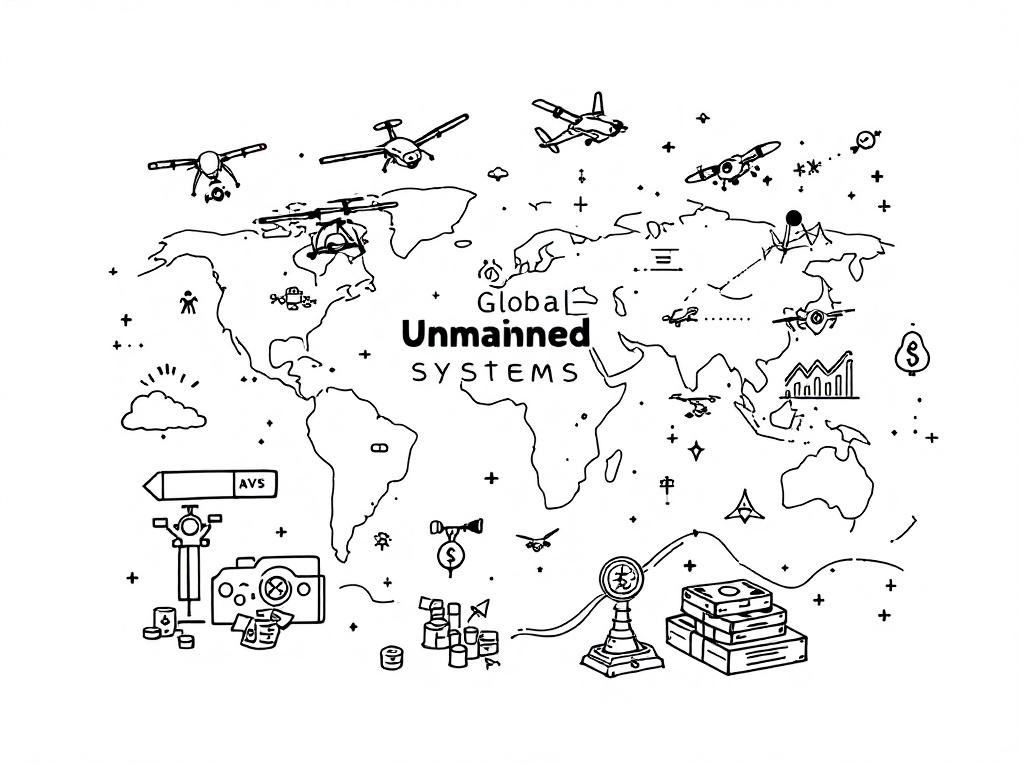Global Unmanned Systems Market to Near USD 76.05 Billion by 2035

Global, Monday, 4 August 2025.
The unmanned systems market is forecasted to triple in size by 2035, driven by defense automation and logistics advancements. Key areas include UAVs, semi-autonomous technologies, and defense applications.
Defense and Automation Driving Growth
The global unmanned systems market is expected to expand significantly, from USD 28.02 billion in 2025 to USD 76.05 billion by 2035, showing a robust growth with a Compound Annual Growth Rate (CAGR) of 10.5% [1]. This growth is propelled by escalating geopolitical uncertainties and the modernization of defense efforts, which increase the demand for Unmanned Aerial Vehicles (UAVs), Unmanned Ground Vehicles (UGVs), and Unmanned Maritime Vehicles (UMVs) [1]. These systems are becoming critical for military and law enforcement agencies worldwide, providing essential capabilities for reconnaissance, surveillance, and tactical operations [1].
Market Segments: UAVs and Semi-Autonomous Technologies
UAVs are projected to command a substantial 25% share of the unmanned systems market by 2025, particularly driven by the popularity of smaller UAVs due to their cost-effectiveness, versatility, and ease of deployment [1]. Meanwhile, the trend towards semi-autonomous technologies is gaining momentum, with expectations to capture 48.6% of the market by 2025. This shift balances the need for human oversight with the advantages of automated decision-making, enhancing mission reliability and performance [1].
Regional Dynamics: Leading and Emerging Markets
Regionally, India is anticipated to lead the global market growth with a 6.5% CAGR from 2025 to 2035, heavily influenced by its ‘Make in India’ initiative that encourages domestic manufacturing and innovation [1]. In contrast, the United States, while offering a stable yet moderate growth trajectory, maintains a critical role due to its substantial investments in defense technologies [1].
Strategic Implications for Stakeholders
Key stakeholders in industries related to unmanned systems are advised to strategically align their operations with these trends. This includes investments in technological integration, such as AI and advanced sensor technology, which are essential to meet the evolving demands of defense and commercial sectors [2]. The increased government funding and emphasis on automation further signal a ripe opportunity for businesses to innovate and adapt [3].